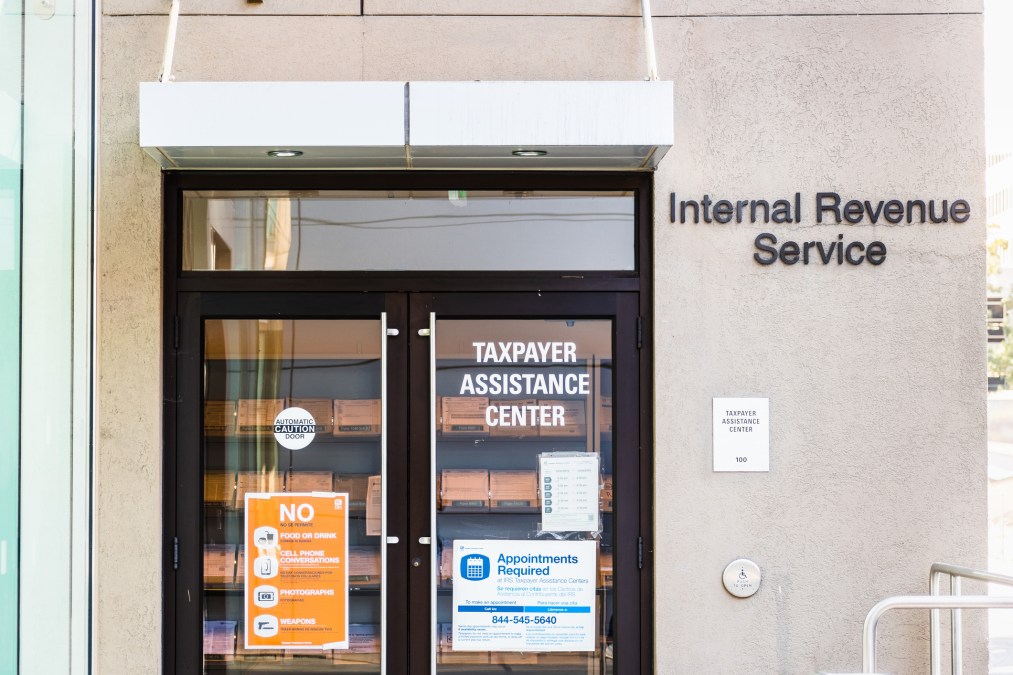Taxpayer Advocate Service on track for summer launch of new case management platform

A replacement for a decades-old case management system used by the IRS’s Taxpayer Advocate Service is coming this summer, a move that the independent body believes will make its work with customers substantially more efficient.
TAS, which helps taxpayers resolve problems with the IRS, acknowledged myriad issues with the Taxpayer Advocate Management Information System (TAMIS) in a report released this month by the Treasury Inspector General for Tax Administration.
Case processing times, TAS told TIGTA, have been severely hindered by TAMIS, a legacy IT system that’s been in use for about 20 years.
“TAMIS is slow, requires many manual data inputs, and has capability limits that require manual workarounds to complete case work,” a TAS spokesperson said in an email to FedScoop. “For example, in TAMIS, employees had to access other systems to determine what office should receive a new case or what tasks a caseworker had to complete.”
According to the spokesperson, TAS is “on track to deploy” TAMIS’s successor before October, giving the IRS component a modernized Customer Relationship Management tool that should make those processes and others “seamless and largely automated.”
TAS began this transition in earnest in the fall of 2023, after it completed a blueprinting of the new CRM, according to the spokesperson. Creating the new system — known as Phoenix and modeled on a platform developed by Salesforce — goes beyond tech improvements, they added, pointing to work aimed at bettering processes, data and analytics, and organizational strategic planning.
The team behind the upgrade focused on addressing TAMIS’s shortcomings with the creation of Phoenix: Where the old system did not have integrated calendars or to-do lists and employees had to navigate away from casework screens to do other tasks, the new system has “built-in calendaring features that allow employees to seamlessly add, move, and prioritize calendar entries and to-do lists in real time, all within the same system,” per the spokesperson.
Improved efficiencies of that kind should help TAS chip away at a backlog of cases at a time when the group faces staffing challenges, according to the TIGTA report. The watchdog noted that TAS received 50,000 more cases in fiscal year 2024 than it did in FY 2020.
“TAS management stated that these large individual caseloads cannot be effectively worked under current processes and procedures,” the report stated.
Going forward, TAS said it plans to keep TAMIS accessible for several years for record-keeping purposes, but no active casework will be processed through the legacy system.
And although Phoenix hasn’t launched yet, Taxpayer Advocate Service is eyeing CRM upgrades for future releases, including a customer-facing portal and additional capabilities that it hopes to officially announce “soon.”






